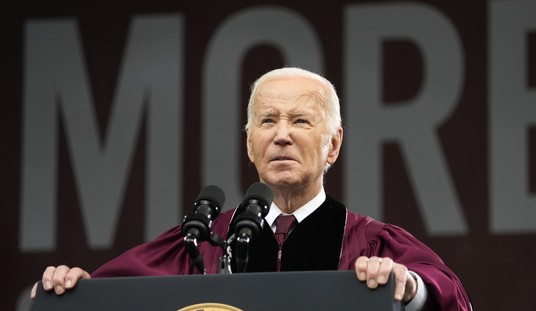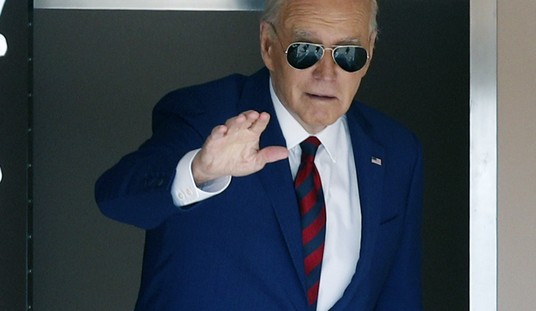The Ryan-Murray budget deal is remarkably bad when you look at the details. If the Republican Party is supposed to be the fiscally conservative party, there is virtually nothing Republican in the agreement. The Democrats could have written the whole thing themselves. It raises spending and taxes, and reduces the deficit only in a jury-rigged scorekeeping kind of a way that won’t actually be realized.
This analysis by Republicans on the Senate Budget Committee (SBC) provides details. The last page shows the year-by-year numbers.
The deal raises spending $63 billion in 2014 and 2015, split between defense and nondefense programs. That is a lot of money even by Washington standards, and it effectively guts the Budget Control Act of 2011. At least it guts the authority of it; appropriators now know that if they whine and complain a bit, future-year spending caps will dissolve like butter under a hot knife.
In return for the spending hike, the deal creates $85 billion of savings on paper. According to the SBC analysis, $34 billion of those savings are actually revenue increases and $51 billion are spending reductions. So there are more spending hikes in this package ($63 billion) than claimed spending cuts ($51 billion). So this agreement makes government bigger, not smaller, even by its own accounting.
Here’s the most astounding thing: $47 billion of the $85 billion in claimed savings are scored to occur in 2022 and 2023. So the package hikes spending right now, but promises to deliver more than half of the offsetting savings a decade from now.
Most of the 2022 and 2023 savings ($28 billion) are supposed to come from putting caps on entitlement spending in those years. Senate Budget Committee Chairman Jeff Sessions says these savings are of “dubious validity,” but he is being polite. After all, we now know that Republicans won’t stick with caps when push comes to shove, so I would call those future caps “worthless.”
If we count the 2022 and 2023 entitlement savings as being worth zero, we are left with a budget package that hikes spending $63 billion, cuts other spending just $23 billion, and raises revenues $34 billion. With fiscal results like that, I’d take gridlock over bipartisan agreement any day.
For more on the budget deal, click here.

























Join the conversation as a VIP Member